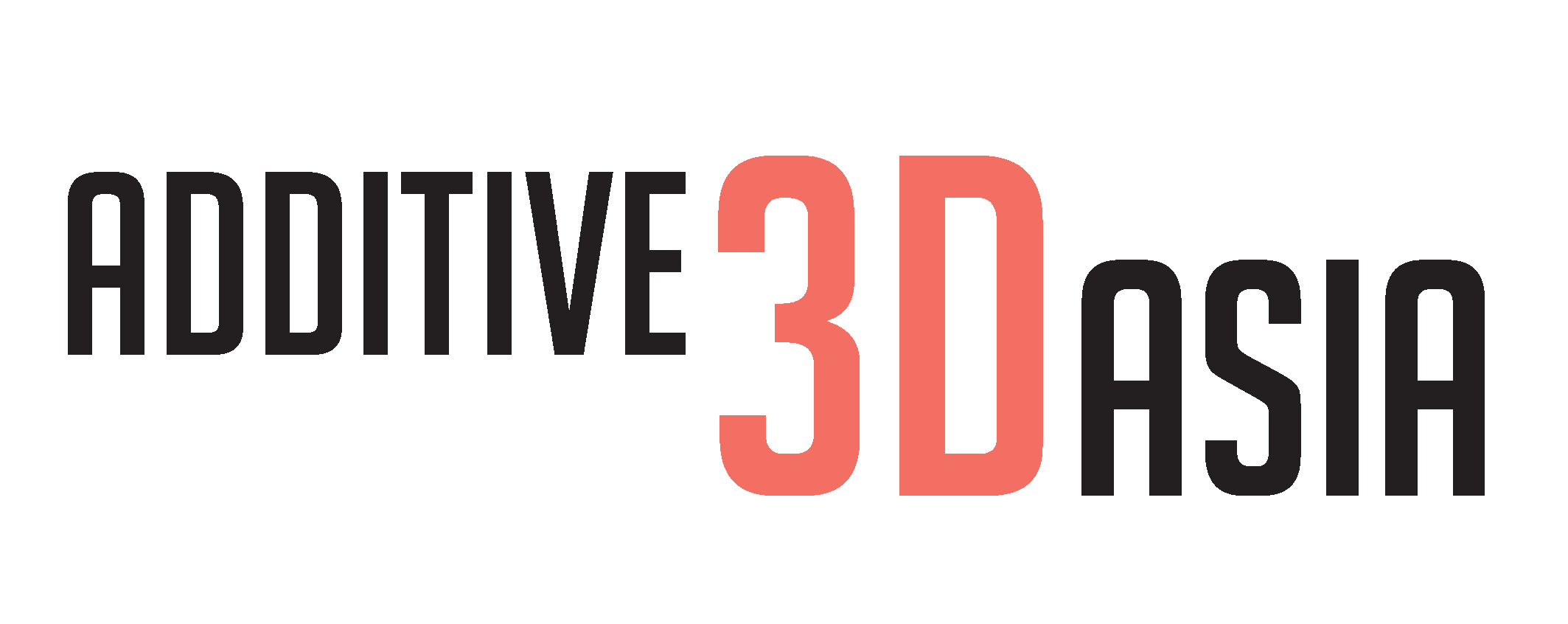Injection Moulding vs Vacuum Casting for Low Volume Manufacturing
There’s a myriad of modern manufacturing techniques that produce high-quality plastic parts for an endless range of applications. However, two of the most common processes used in Singapore are injection moulding and vacuum casting. With each method offering a range of benefits depending on the needs of your products, it’s important to carefully assess each method before moving into production.
This thoughtful approach ensures you avoid choosing the wrong process, which could end up costing you a lot of time, money and energy. Don’t be someone who loses their competitive advantage because it overlooks a crucial detail. Here, we outline how injection moulding and vacuum casting compare for low-volume manufacturing.
What is Injection Moulding?
Injection moulding is a convenient and highly accessible manufacturing method for specific applications. It involves heating and injecting plastic material into a mould tool under significant pressure. The plastic is then allowed to solidify as it cools until a fully formed component is ejected from the machine.
Once this process is complete, the mould can be repeatedly used to produce large quantities of identical parts. While this is an extremely useful process for many businesses, not everyone requires numerous manufacturing runs or repeat orders using the same mould.
Injection moulding also has high startup costs, with design, analysis and tooling requirements often making this process inaccessible to smaller operations. Alongside extensive lead times and the significant delays caused by mistakes, injection moulding might not be the smartest choice for your business.
Introducing Vacuum Casting
Despite the popularity of injection moulding, vacuum casting provides a stellar alternative that might enhance your low to mid-volume manufacturing runs. If you’re looking for a remarkably cost-effective solution, vacuum casting is renowned for its inexpensive upfront costs, design flexibility and reliable prototyping.
For businesses in Singapore that are considering whether vacuum casting makes sense for their needs, the process is relatively straightforward:
- Create a precise master model using 3D printing technology called Stereolithography (SLA).
- Encase the master model in silicone, which hardens to form the mould.
- Industrial material is poured into the tool cavity and placed inside a vacuum chamber to remove any air bubbles that could damage the final product.
- Once the air is removed, the mould is placed in an oven for the final curing stage to ensure strength and material durability.
- The prototype is now ready for the design stage.
Benefits of Vacuum Casting
From meticulously created moulds to rapid manufacturing times, vacuum casting is an affordable approach that improves your product’s design. Here are some of the key advantages that will help you make your decision.
1. High precision final products
Even if your prototype requires incredibly complex geometry, vacuum casting has proven to be great for producing precise final products. It’s a process that produces durable, high-quality plastic parts for automotive applications and many more. In fact, this method achieves the same kind of precision that you can expect from injection moulding. At Additive3D Asia, we use polyurethanes similar to rubber, including Shore D ranging from 55 to 90 and Shore A ranging from 25 to 95.

2. Fast processing and lead times
Speed is extremely important when developing prototypes, as you need to be sure that your latest product can be put into production before competitors catch up. Fortunately, vacuum casting is remarkably quick for prototyping as a silicone mould can be produced within 24 hours. This mould can then be used to create 30 to 50 parts in around 20 days.
3. Reduced production costs
Vacuum casting is a great way to reduce costs when completing a small run of products. For example, this process has become widely used in the medical industry as companies can rapidly produce high-quality prototypes, make adjustments and prototype again. Completing this process using injection moulding would be a time-consuming process with the potential to skyrocket costs.
Contact the Vacuum Casting Experts
Ready to start your next low volume manufacturing project? Get in touch with Additive3D Asia’s friendly team to discuss how our vacuum casting service will improve your prototypes. Meanwhile, check out the rest of our 3D printing processes.

